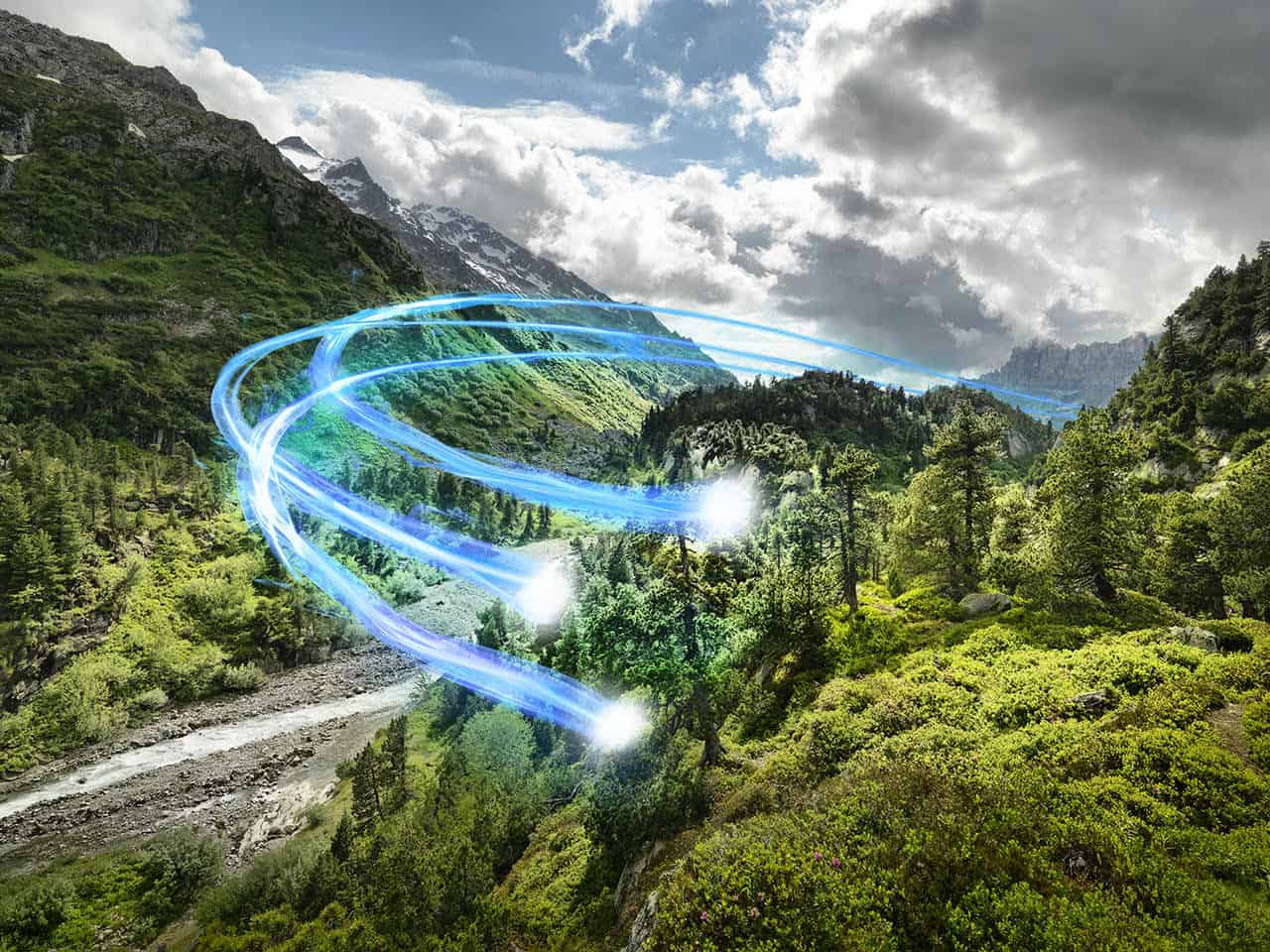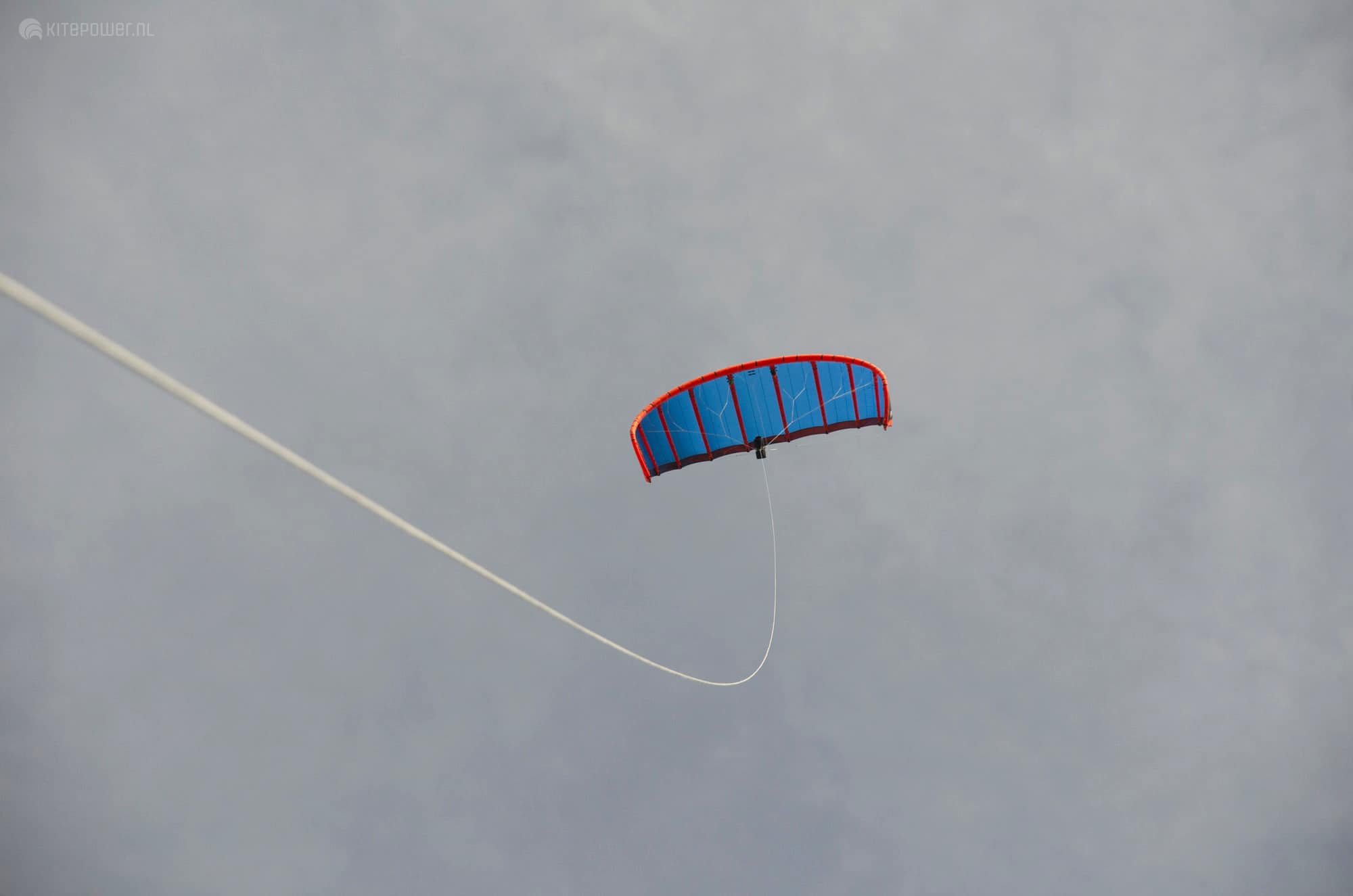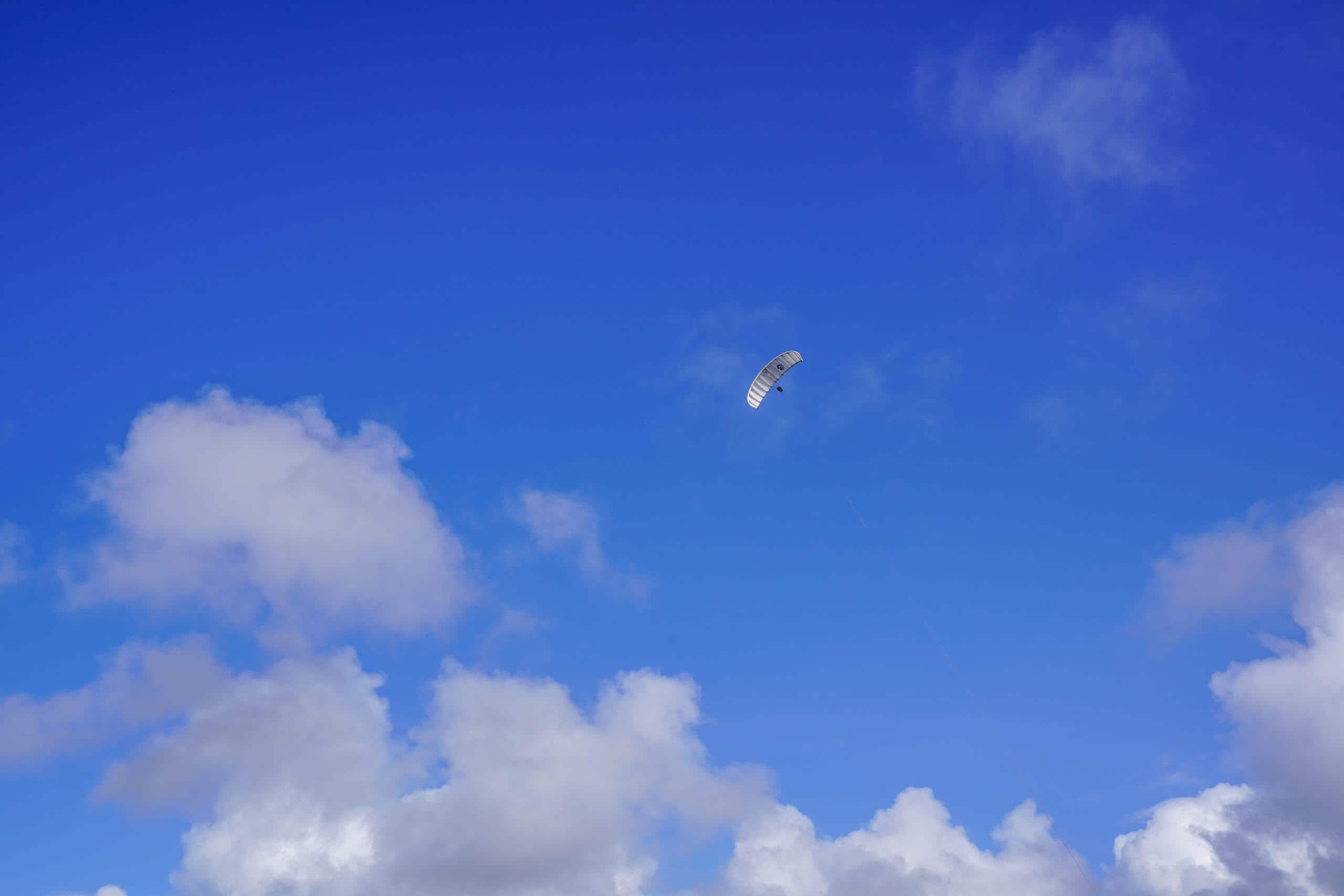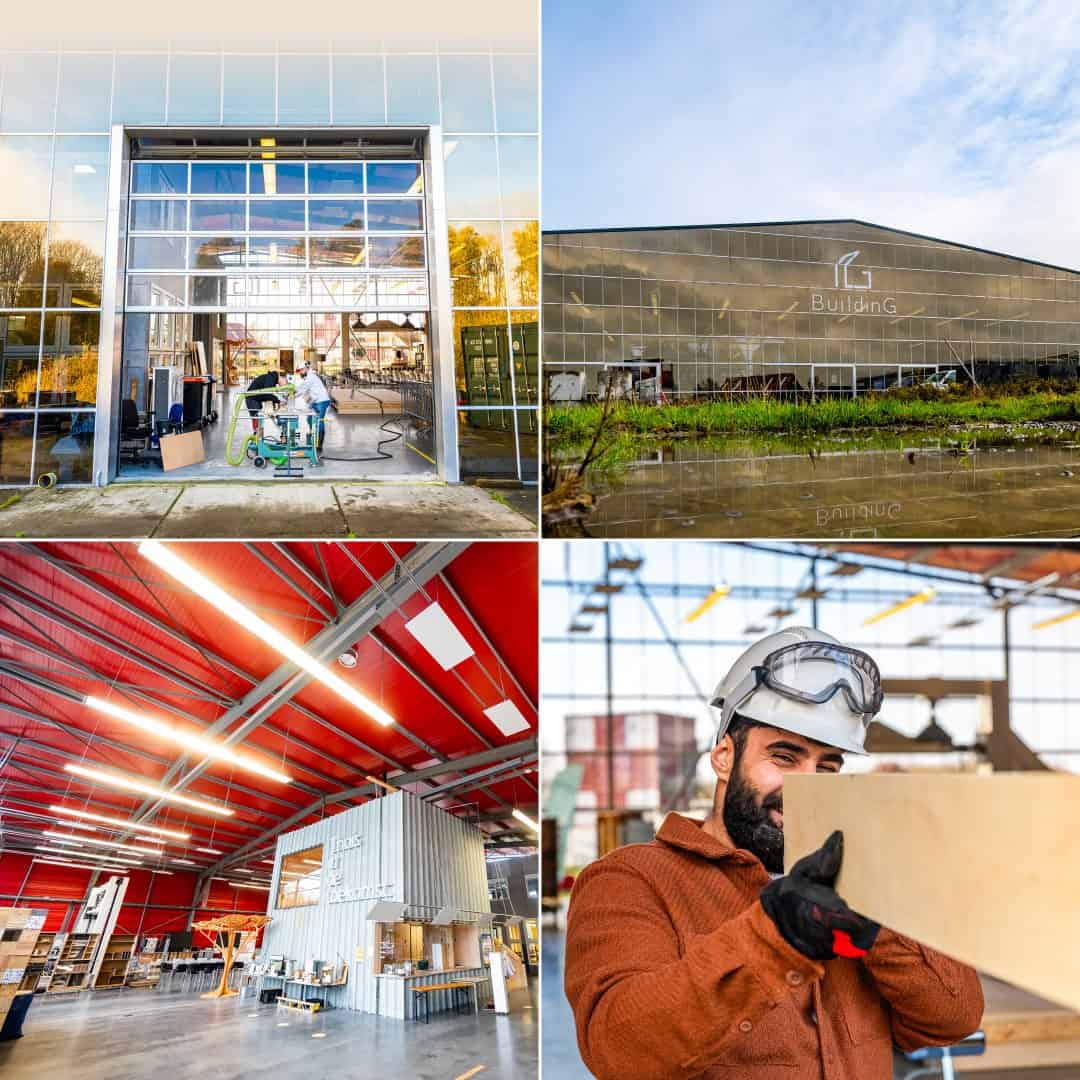
Dutch startup Kitepower has developed a large kite to generate electricity for about 100 households. The start-up claims this can be achieved with significantly less building and construction costs than a conventional wind turbine and a much smaller CO2 footprint. That smaller footprint (“Product Carbon Footprint”) can now be measured using software from the Swiss company Ecospeed.
- A Falcon kite from Kitepower generates about 450 MWh of energy per year.
- This is enough to power about a hundred households continuously.
- There will be a collaboration with Ecospeed to prove its favorable carbon footprint.
Instead of a traditional wind turbine, with a tower, a cabin, and three rotors, Kitepower has taken a completely different approach to generating wind energy. The fact that one of the founders is a passionate kitesurfer already hints at the new concept.
Kite
The idea is as follows: a ground station, housed in a 20-foot container, is connected to a line attached to a robot that controls a kite of about 60 m2. The kite is steered to make eight looping movements until it reaches the rope’s end. Once there, the kite is reeled in by a winch and looped back to the highest point. This cycle takes about 100 seconds, with the motor/generator using about 20% of the energy generated to retrieve the kite. The remaining 80% can be delivered to the grid as electricity or consumed on-site.
In this way, one Falcon kite generates about 450 MWh of energy per year. This is enough to power about a hundred households continuously, with minimal use of land area and impact on landscape views. A Kitepower system also uses 90% less material than a traditional wind turbine.
Environmentally friendly
The concept of generating energy with kites is based on the principle that at higher altitudes (350 to 1000 meters) there is more constant wind. In addition, it offers other advantages. Johannes Peschel, one of the founders: “A kite installation is mobile. No foundations are needed; the system can be quickly erected on site and is suitable for integration into hybrid stations with diesel generators and batteries. In addition, temporary deployment is possible, for example, in humanitarian missions or events such as festivals.”

The concept’s functionality was demonstrated during the first tests on the Caribbean island of Aruba. As a result, at the end of 2022, other investors stepped in for a new round of financing at Kitepower. Peschel: “We are preparing production for the first series of installations. At the end of 2023, one of these installations will undergo an endurance test in Ireland, in cooperation with one of the largest energy companies in Europe.”
Measuring the “Carbon Footprint” of a kite-wind installation is an important part of the preparations for series production. “In some countries, including the Netherlands, the manufacturer of a power generation system must demonstrate that its concept has the lowest carbon footprint compared to other solutions. It is clear that we meet this requirement compared to a conventional wind turbine, a photovoltaic system or diesel generators. However, we want to go on to establish this specifically.”
Optimize
To accomplish this task, Kitepower has obtained a license for Ecospeed AG’s software, which can be used to calculate the Product Carbon Footprint (PCF). “We are convinced of the software’s user-friendliness and capabilities, both nationally and internationally. We will measure the PCF for both kite and battery buffer plants. In addition, we will use the software to further optimize the plants and minimize the carbon footprint.” Another advantage that the founders of Kitepower see in the software is the possibility of connectivity. For example, data can be exported into documentation and shared with planners, operators, and certification bodies.







